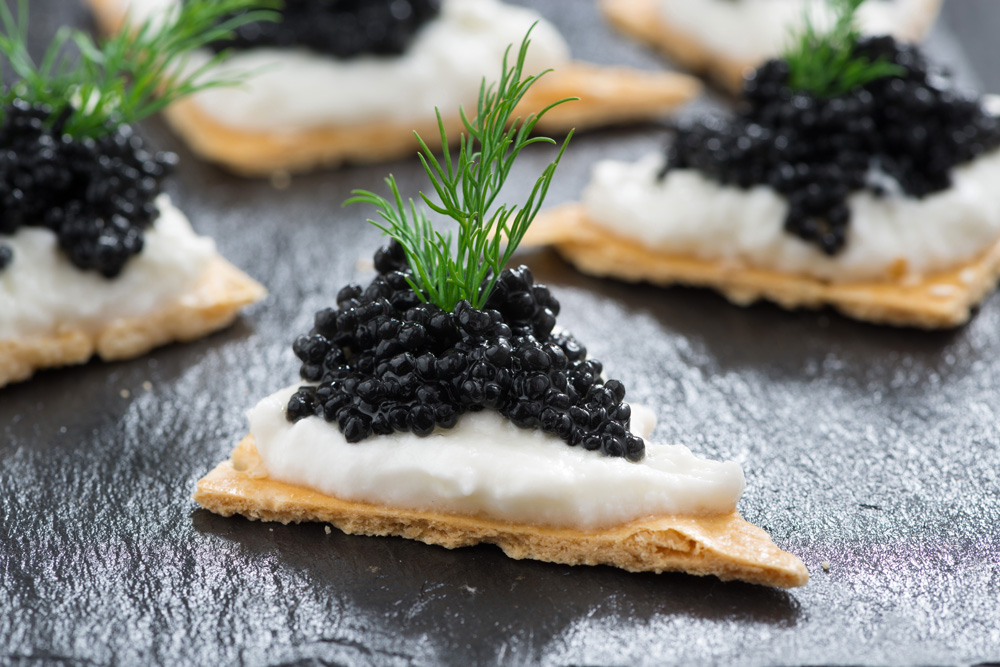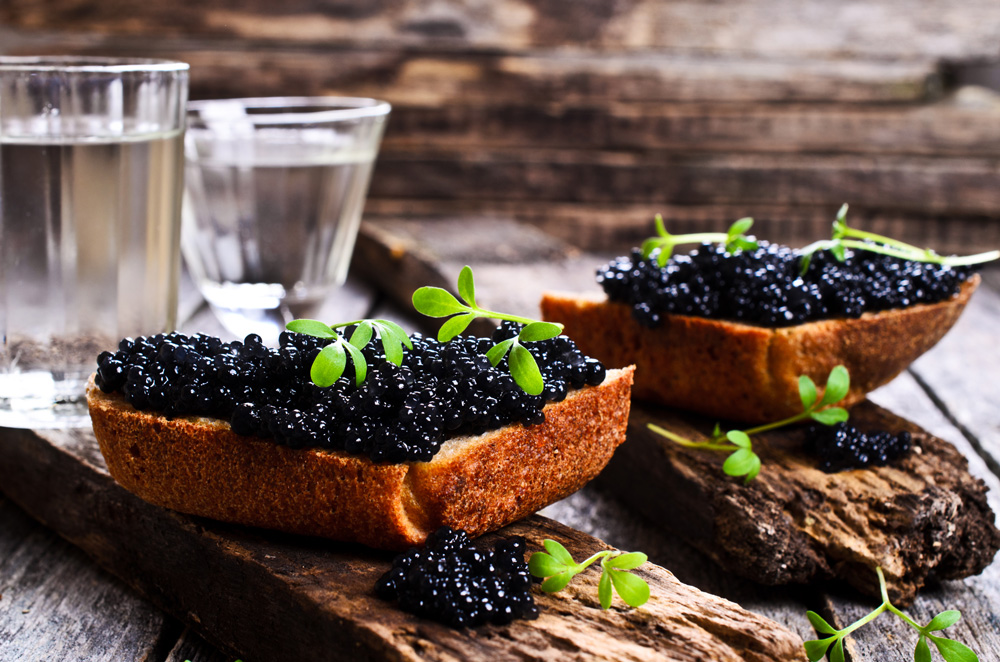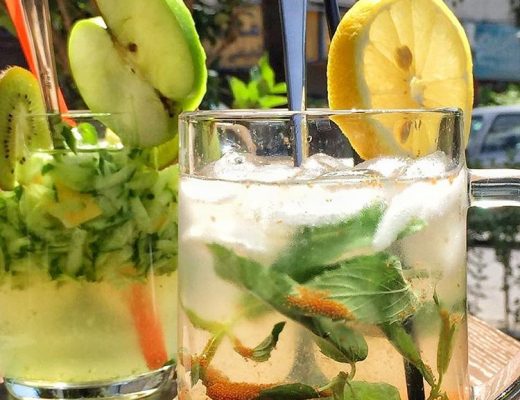Iran is not only the land of many palatable and exotic dishes as well as yummy snacks, but it is also the world’s biggest exporter of delicacies such as saffron and caviar (Khaviar in Farsi). The Caspian Sea is home to three sturgeons out of 27 species which let Iran to produce the most flavored and elite caviar as some critics and graders say.
Caviar refers only to salt-cured fish eggs, or roe in general, from wild sturgeons in the Caspian Sea and the Black Sea.

There are different types of roe from various fishes that are not considered caviar and called eshpal in Farsi. If you are a sea food aficionado, you can find home-made eshpal kukus in the northern provinces, Gilan or Mazandaran. Eshpal from kutum (also known as Caspian white fish), Caspian roach (called kouli in Farsi), bream (called koulmeh), and Caspian salmon are highly prized. Eshpal or roe from carp is less common and barbel roe is also occasionally used.
Since sturgeons are easy to catch and close to extinction, most of exporting countries banned fishing and it should be noted if you want to have caviar from prized species such as Beluga or Osetra, endemic to Iran’s shores, you can obtain it from legal fish farms.
To differentiate between cheap and expensive caviar, you should know it is judged on color, flavor, texture, and maturity. Soft, pea-size and older ones with lighter colors are more expensive. Younger and darker caviar with less fishy flavor are cheaper and make it suitable for caviar newbies.

Here are three types of caviar that you can buy in northern provinces and Tehran (do not forget that you can find anything in Tehran). Silky texture yet separate eggs of Iranian Karaburun Ossetra caviar has nutty and cream roe with a balanced taste of salt and butter undertone. Iranian Ossetra is the most flavorful with a firmer texture and ranging colors from deep black to light gold or white. Smaller roe than that of the other two called Iranian Sevruga has richer fishy flavor and saltier taste. The color varies from greenish-grey to dark- gray and it is also cheaper due to being more common and quick to reproduce.

Variation in taste depends on what the fish eat, based on the time of year, weather, and other environmental factors.
Consumed grilled, cured, salted, or mixed with other ingredients caviar can be garnished or spread.
Although caviar taste may be of no interest to someone who tries it for the first or second time, it is possible, like many others, to fall for it after several times of having bites of a little fat pancake with some sour creamy spread.
Browsing Category:Iranian Cuisine



No Comments